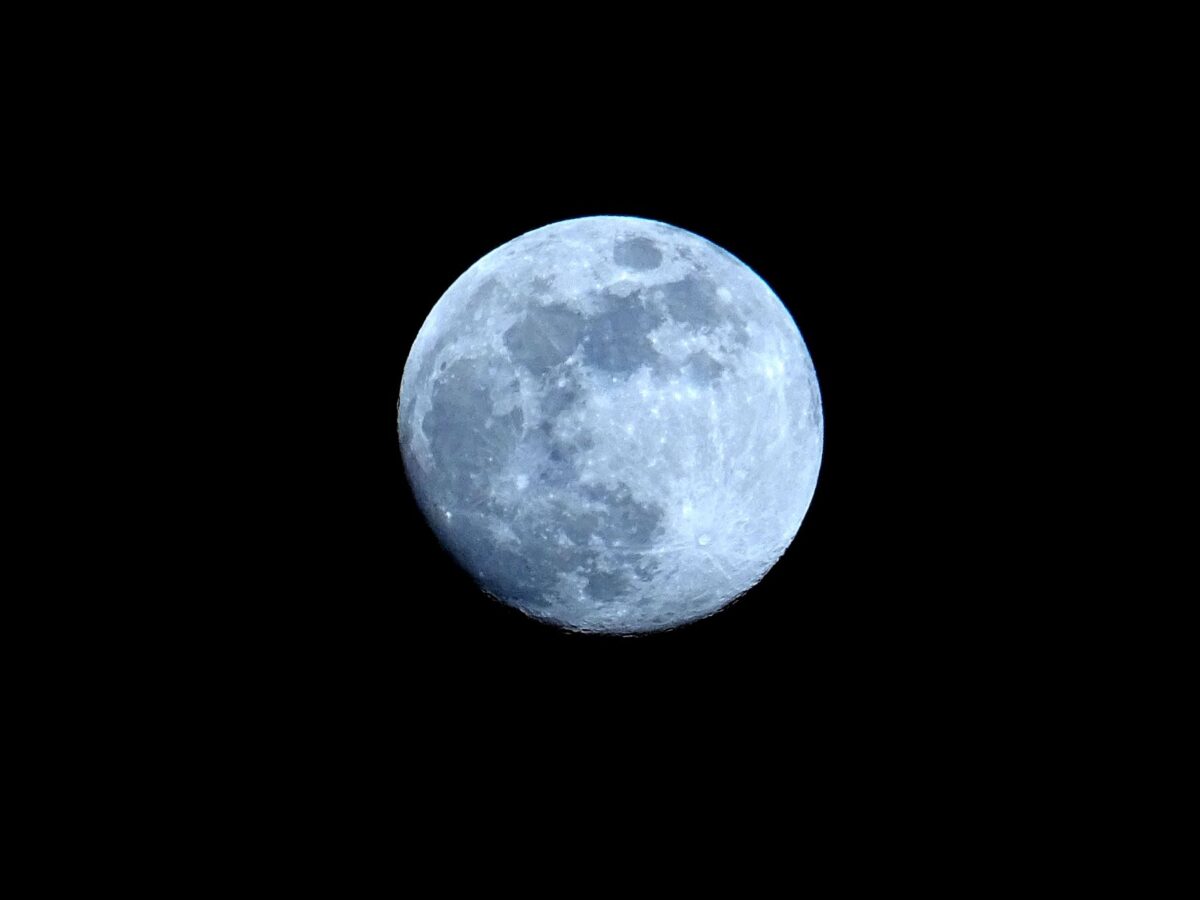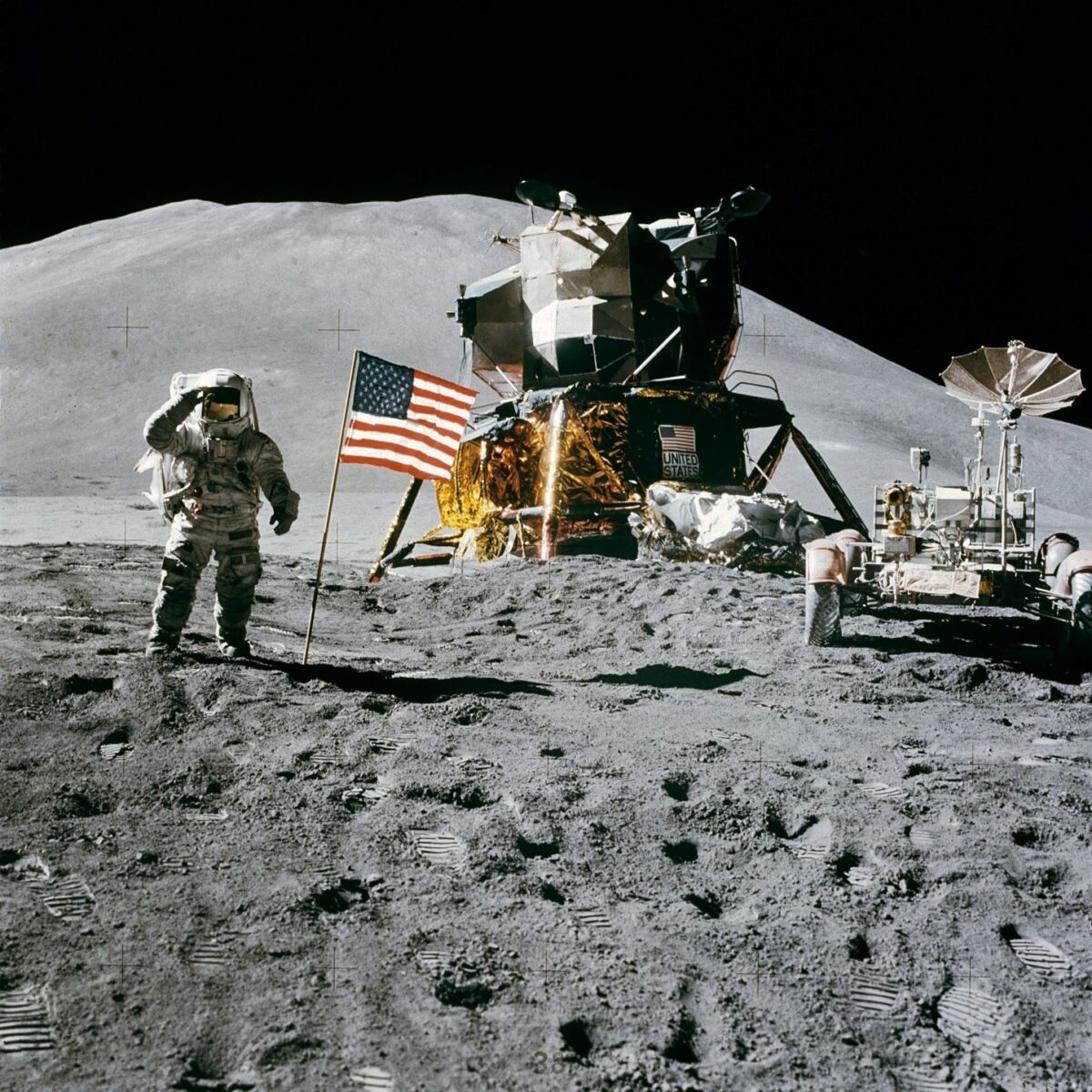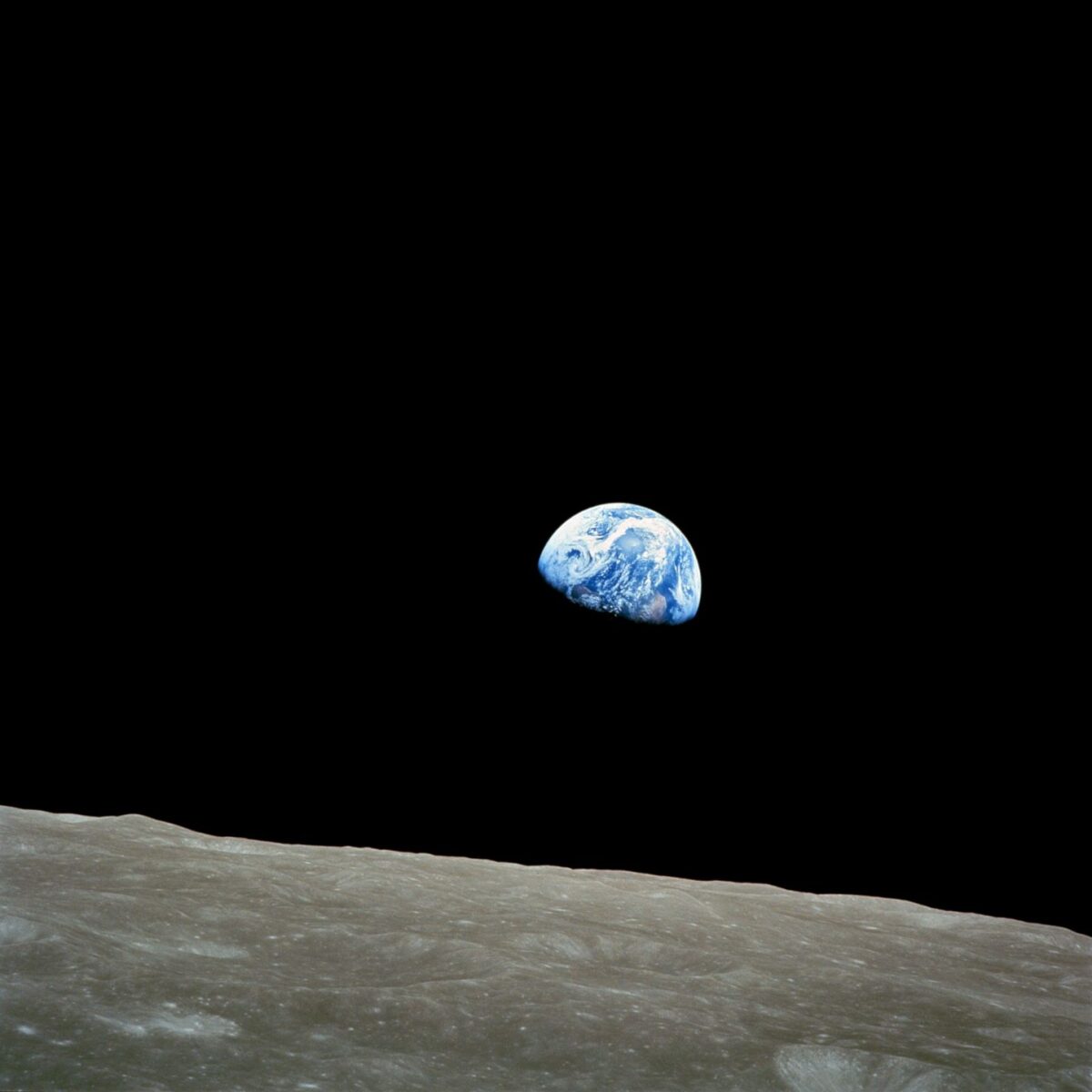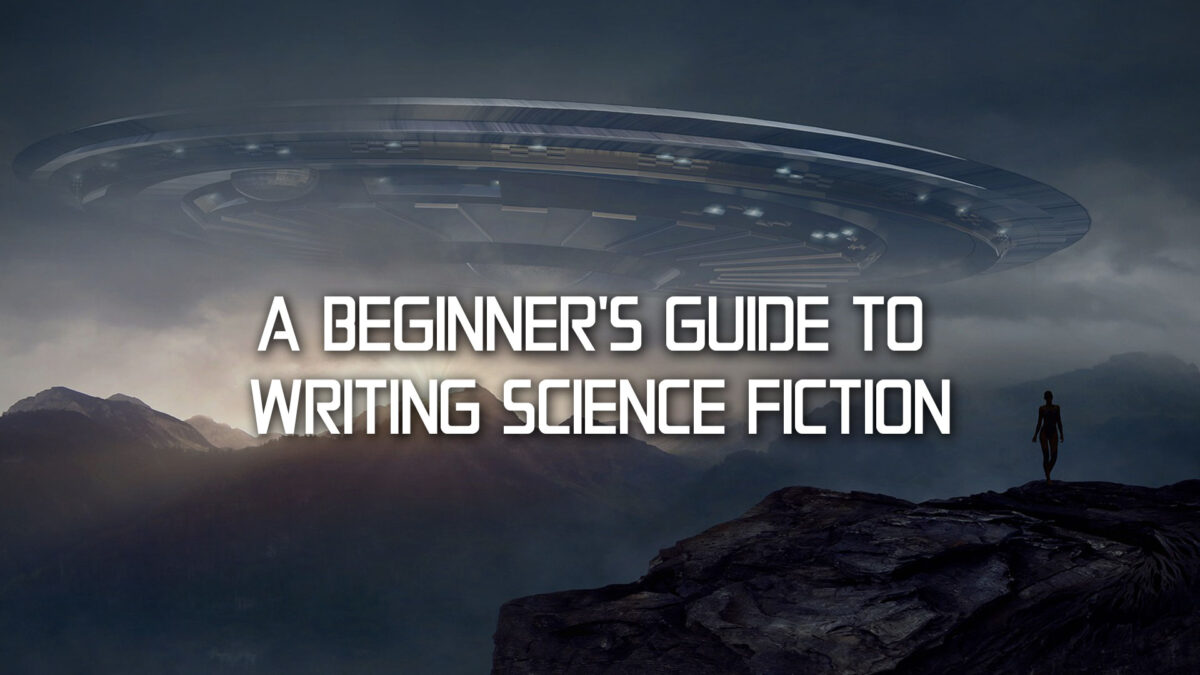Photo by SevenStorm JUHASZIMRUS
The Moon is undoubtedly one of the most beautiful celestial bodies. Its silver sheen reflecting the sun’s light is a welcome sight every night. And while the Moon’s beauty is appealing, many more things are fascinating about the Moon.
So, would you like to know more about and discover some interesting facts about the Moon? This blog offers some truly amusing facts for you to enjoy. And if you want to read a great sci-fi book set on the Moon, check out Moon Luck by Wayne Scott Harral (that’s me).
Now, let’s go ahead and take a look at the list we prepared below.
1. The Moon Used to Look Way Bigger
The Moon used to look larger because it was at least ten times closer to planet earth, with computer simulations estimating that the Moon could’ve been 12 – 19 times nearer. Nowadays, the Moon is 384,400 kilometers, and it’s still moving farther away.
2. There is Water on the Moon
Believe it or not, scientists have uncovered the presence of water on the Moon. It was India’s Chandrayaan-1 mission that found the water situated close to the poles. Although the water’s volume wasn’t much — there’s only a liter of water for one cubic meter of soil — it does increase the chances of establishing bases on the Moon’s surface.
3. Lunar Bases Could Become a Reality Soon
While it is true that our current technology still can’t let people inhabit the Moon, it is likely to establish a scientific basest there soon. Planetary scientists and astronomers believe that a base could offer many uses. Lunar bases are also tackled in my book, Moon Luck, and I take the time to explain what considerations need to be made.
4. The Moon was Made After a Big Explosive Collision
The Moon was made after an extensive and violent collision that brought with it a massive explosion. It’s said that all of this happened between the proto-Earth (an early-stage version of the Earth) and a celestial body called “Theia,” about the same size as Mars. This origin theory is named the “Giant Impact Hypothesis,” believed to have occurred 4.5 billion years ago. Wayne Scott Harral knows a lot about the Moon, enabling him to write a fantastic book set on the Moon itself.
5. A Lunar Eclipse was Able to Save Christopher Columbus
We’re incredibly fascinated by the Moon because even Christopher Columbus’s life was saved by it. Christopher Columbus was in a tough spot, but he was able to use the natural process of lunar eclipses to his advantage. On February 29, 1504, he successfully frightened native Arawak Indians by taking advantage of a lunar eclipse and the superstitious beliefs the natives held. He was able to threaten the natives and get food from them.
6. Moon Dust has a Similar Odor to Gunpowder
Dust floods every part of the Moon and even coated the Apollo astronaut’s suits. Harrison “Jack” Schmitt, one of the astronauts on the Apollo 17 mission, compared it to the smell of gunpowder. It also caused some form of “lunar hay fever,” with astronauts sneezing and congestion issues that last for days.
7. Tidal Bulges: How the Moon Causes Them
Among the most interesting facts about the Moon is that it causes tidal bulges here on Earth. The Moon’s gravitational strength isn’t strong enough to pull up water on a single side of our planet. On the other side, an area where its gravity’s almighty pull is weakened, the water bulges in the inverse direction. These water bulges are why high and low tides occur around the world.
8. Surface Temperatures Are On Both Extremes
Since the Moon has no protective atmosphere, the surface can reach excessively high or low temperatures. With tidally locked, the Moon doesn’t spin on its axis like Earth’s. Instead, one side is always covered in darkness while the other is constantly sunbathing. Temperatures can range from 123 ºC to -233 ºC.
Well, there you have it, everyone. Those were a couple of interesting facts about the Moon. I hope you enjoyed this read and that it intrigued you more about Moon Luck’s story, written by Wayne Scott Harral (that’s me, everybody). Visit my website to learn more about my book or read other blogs relating to the Moon and my book that you can find in there.







